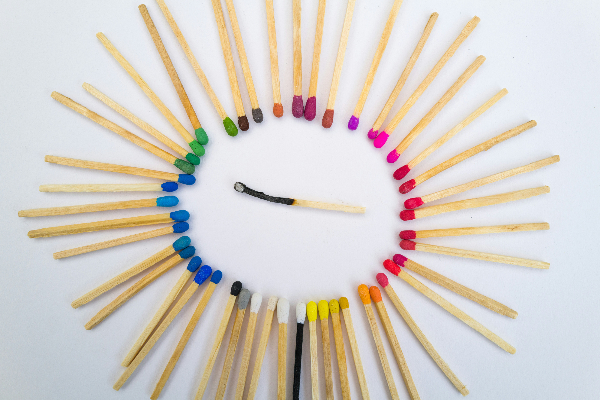SEL Tools for Black History Month

In the United States, February marks the beginning of Black History Month, an annual celebration of achievements by African Americans and a time for recognizing their central role in U.S. history. In 2024, the central theme is African Americans and the Arts.
While students should learn about the contributions of African Americans year-round, February may be a time when educators spend additional time teaching and learning about the history of Black people in this country, and how this history is connected to current events and existing inequities.
Senior writer for Learning for Justice, Coshandra Dillard, says that these teachings are often focused on slavery, segregation and other forms of oppression, and presented without the necessary historical context to have a full picture of events. This focus on violence and trauma ignores the many ways in which African Americans have contributed to creating just, inclusive, and liberatory spaces for all Americans, impacting students’ perspectives of themselves, others, and history itself.
In 2010, Erhabor Ighodaro and Greg Wiggan, described this “deliberate manipulation of academic programming” as curriculum violence, because it harms the intellectual and psychological well-being of students.
When Black, Indigenous, and students of color are repeatedly exposed to this curriculum violence, including simulations and reenactments of slavery in the classroom, throughout their school experience “these individual instances can contribute to a larger traumatic experience of school and a deep, false discord between the accurate historical narratives of groups of people and how their histories are being taught and absorbed in school.” explains Dr. Stephanie P. Jones, assistant professor of education at Grinnell College.
This February, you have an opportunity to teach Black History in a way that honors and celebrates the joy and resilience of our Black communities. That requires that you critically examine if and how curriculum violence exists in your educational program and/or teaching practice. As we have discussed, good intentions don’t always lead to positive outcomes, so it is necessary to engage in critical and ongoing self-reflection about our teaching practices.
What does that have to do with Social Emotional Learning? A lot! SEL centered in equity helps us to understand how and why certain groups have historically and systemically received fewer opportunities and differential treatment in our schools and classrooms. We must ask difficult questions about our responsibility in perpetuating inequitable and discriminatory practices, including in the teaching of social and emotional competencies. SEL also helps us to develop our own HEART skills, so we can better approach the teaching of any subject.
As you prepare for Black History Month, you can use the HEART in Mind model to reflect on your teaching practice and identify how you can do what’s right for your students. Use the reflection prompts below to guide you in this process.
H – Honor Your Emotions
-
What emotions come up when I start planning and/or creating a curriculum for Black History Month?
-
What are these feelings trying to tell me?
-
How might these emotions impact my decisions about what and how to teach during Black History Month?
E – Elect Your Responses
-
What choices do I have regarding the historical events or situations that I am asking my students to experience?
-
How can I be responsive to students’ thoughts and feelings about these historical events?
-
How will I support myself to navigate setbacks and generate alternative solutions?
A – Apply Empathy
-
What tools can I use to recognize and honor the emotions of my students?
-
What tools can I use to anticipate how my behavior and decisions may impact the emotions of my students?
-
How will I create opportunities to act with compassion towards my students?
R – Reignite Your Relationships
-
How will I use my cultural competence and build trust in this situation?
-
What is my role in perpetuating a false or decontextualized discourse?
-
How will I practice active listening and gather feedback from students while teaching Black History?
T – Transform with Purpose
-
What is my true goal during Black History Month?
-
How can I use my strengths to understand systemic problems?
-
How will I monitor progress to dismantle inequitable outcomes?
I am hoping that, as you engage with these reflection questions, you will be able to approach Black History Month using your social and emotional skills to teach a more inclusive and rich narrative about the contributions of African Americans in this country. Give it a try and let me know how it goes.
Additional Resources
Art, Imagination and the Quest for Racial Justice by Facing History and Ourselves
Exploring Black History Through Black Poets by Facing History and Ourselves
Celebrating Africa as Part of Black History by Edutopia
This post was originally published in January 2022. Resources and links have been changed or updated.
Photo by Eye for Ebony
One Comment
Leave a Comment
Subscribe to the HEART in Mind Newsletter
Research-Based Strategies for your SEL Toolbox










[…] For Educators: Social and Emotional Learning Tools for Black History Month […]